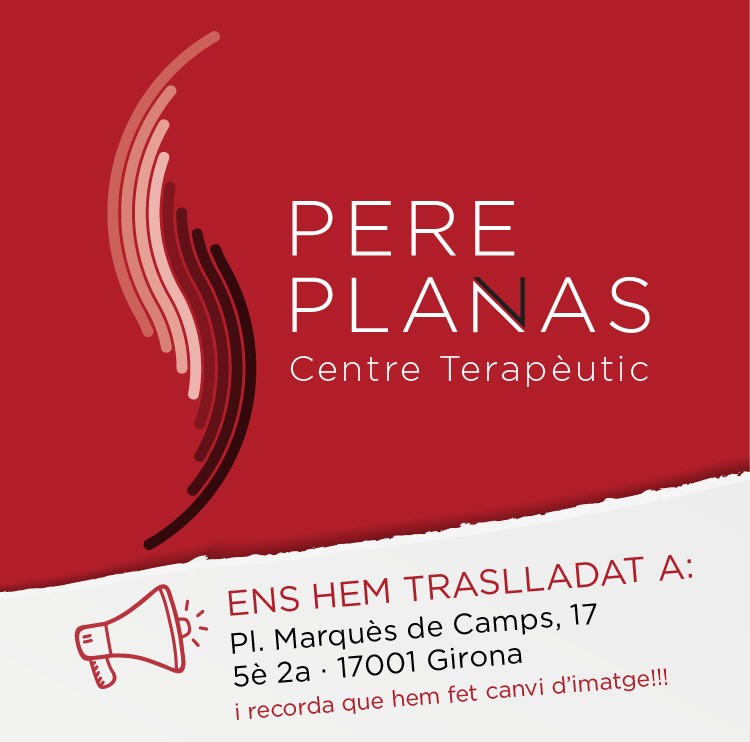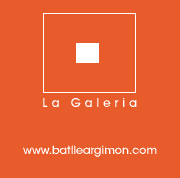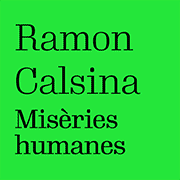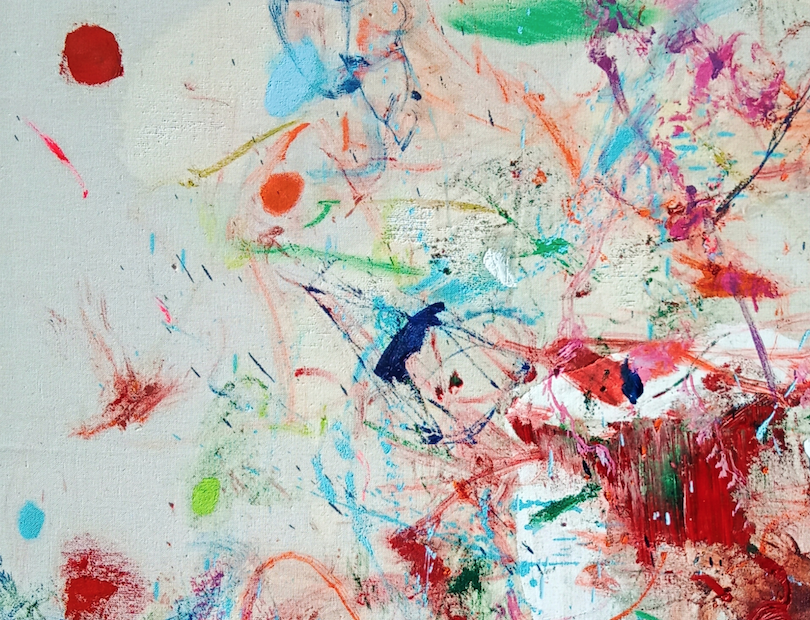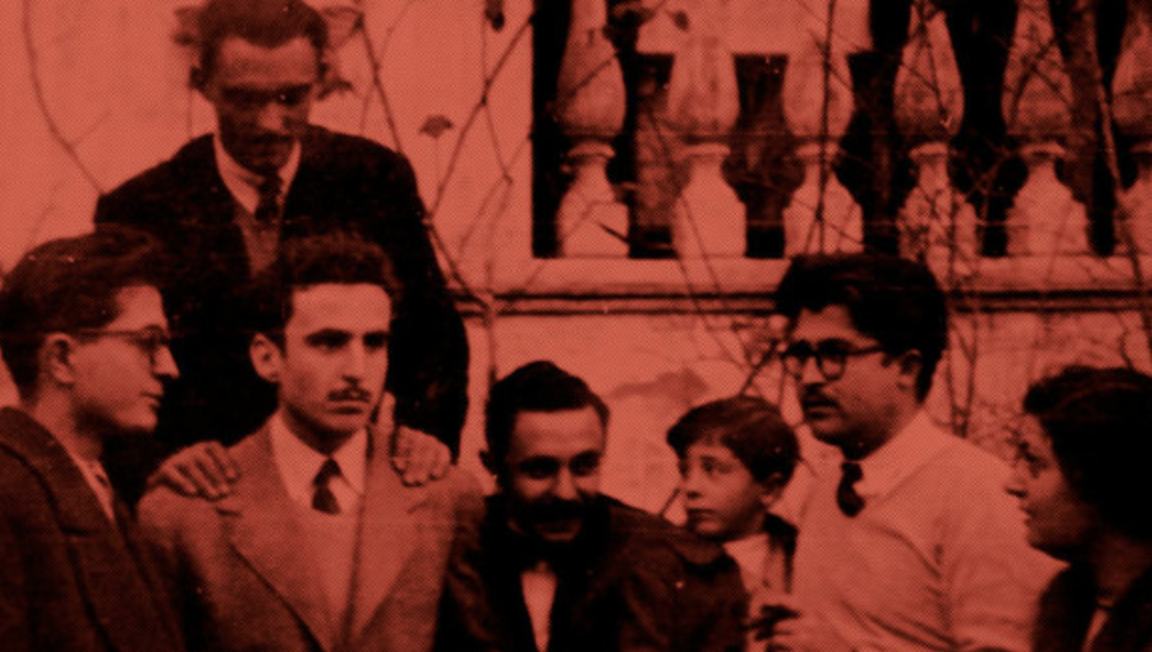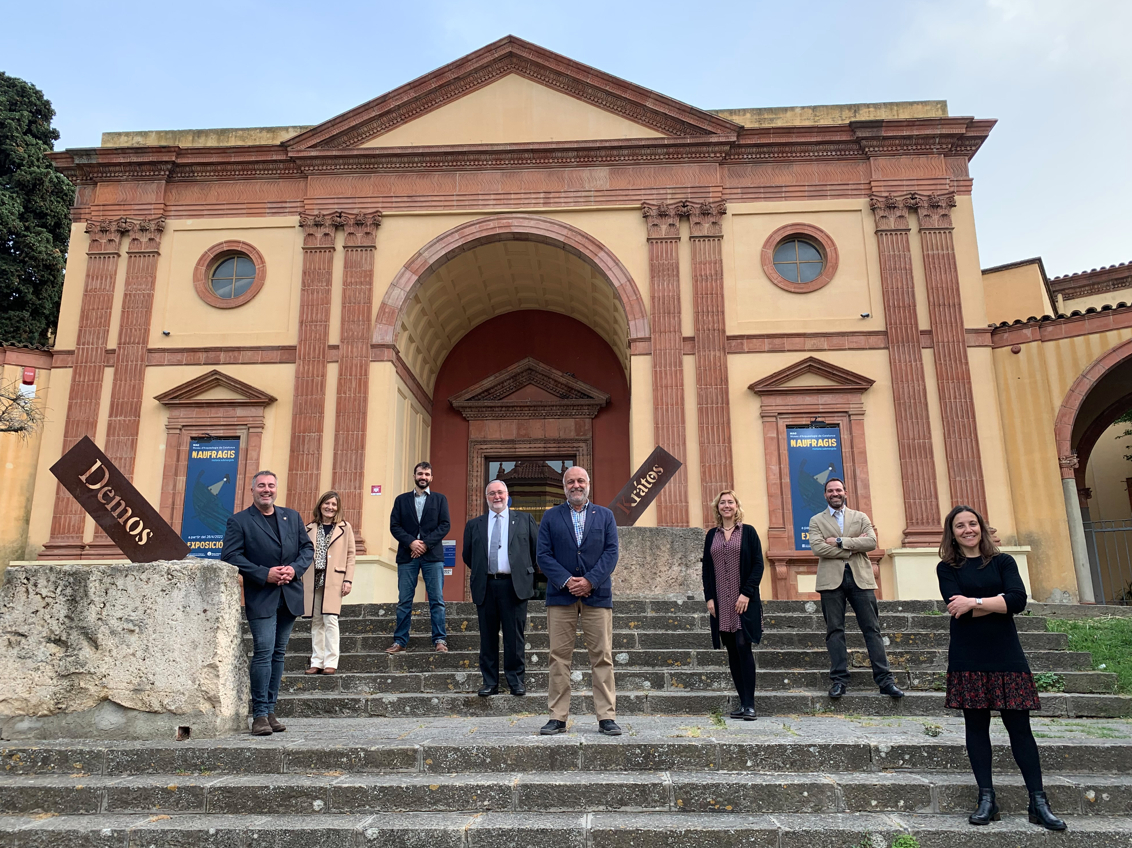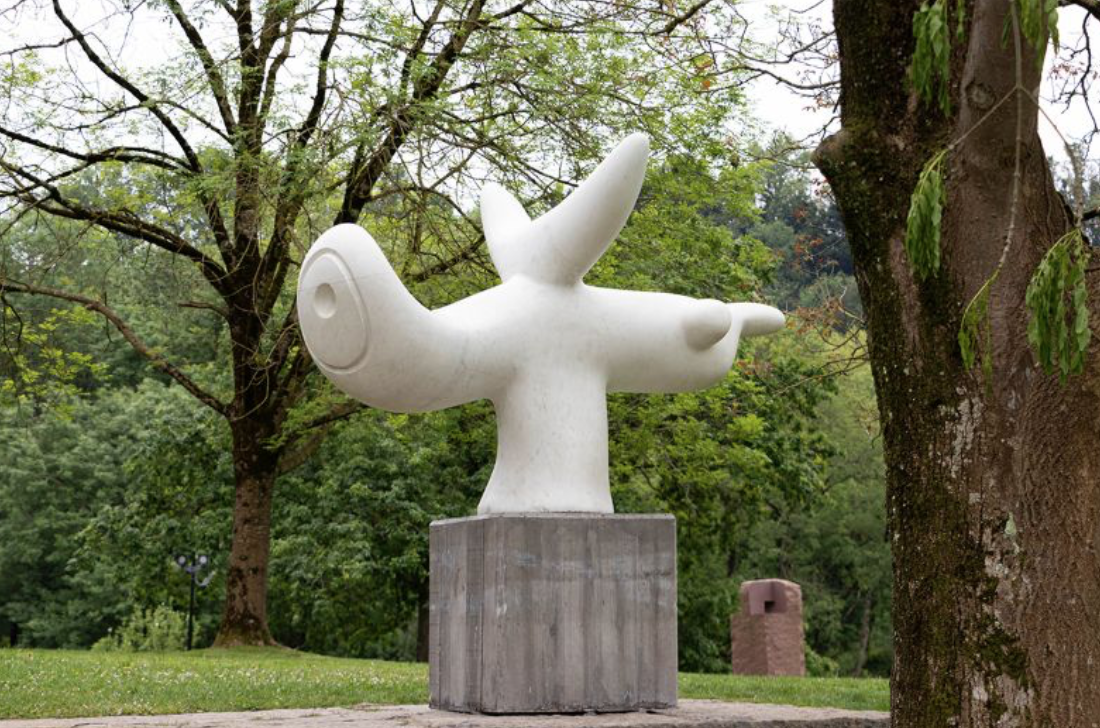Exhibitions
Mario Pasqualotto presents "Dive Immersion" at the Pigment Gallery

After 12 years without exhibiting in Barcelona, Mario Pasqualotto (Barcelona, 1953) presents his exhibition Dive! Immersion, which is an unpublished series of light boxes depicting jellyfish and aquatic landscapes, linked to the theme of climate change, in the Pigment Gallery at 70 Trafalgar Street.
This exhibition, which opens on May 21, can be visited in the main room of the Pigment Gallery. The works will shine in various colors, "painted" with plastic bags and illuminated by LED lights, and will give life to jellyfish, plants and aquatic landscapes. Dive! invites us to dive in and reflect on plastic consumption, pollution of the seas and the climate crisis.
Over the years, Pasqualotto has explored multiple languages from installation, performance or painting-sculpture, always questioning the traditional way of doing painting, looking for ways to investigate its limits and reinterpret it. Heir to the Art Povera artists he saw during his adolescence in the 1960s when he was living with his family in Milan; such as Luciano Fabro, Mario Merz and Jannis Kounellis; absorbed the use of humble and poor materials, adopting them to create new works and exploring painting without using oils or acrylics, otherwise looking for alternatives to painting. The various materials he adds to his work allow him to create shapes that seem pictorial without being so, modifying them and changing their characteristics, adapting them to their aesthetic and conceptual needs. A Dive! Immersion, Pasqualotto will present an unpublished series of light boxes. A language he started with in 2008 and which allows him to “paint without painting” and explore the pictorial possibilities of plastic bags. The jellyfish and seascapes of his works are obtained from the accumulation of bags that he has been collecting from many places and countries, and which he illuminates with LED lights from behind, accentuating the intensity of the color and defining the shapes represented. Finally, he frames them in wrought iron by himself and this is how he brings to life his fascinating light boxes. Plastic bags are an essential piece for understanding the artist's ecological reflection. We use them, discard them, reuse them or find them scattered in the environment.
According to the curator of this exhibition, Natàlia Chocarro, "covered with a screen of opacity, the waters debate between their fluidity and the thickness that man imposes on them, between perpetual regeneration and imposed extinction".
Chocarro describes Pasqualotto's works as a romantic search for light, quoting the words of Johann Wolfgang von Goethe on his deathbed: More light! More light! ” this being a symbol of knowledge. Romanticism, moreover, gave rise to an approach of the human being to nature, by the admiration of its beauty, or by the respect and surprise generated by the experience of the sublime. But times have changed and our contemporaneity demands new ways of relating to our environment and Pasqualotto has absorbed them through his work. Getting closer to nature is about reflecting on the footprint we leave on it, about how landscapes have changed at the expense of pollution and reflecting on the climate emergency of our times.
Mario Pasqualotto, multidisciplinary artist
Pasqualotto is a multidisciplinary artist who researches various languages such as performance, installation, painting and painting and sculpture. Its themes are associated with human nature, its weaknesses and, more recently, ecology. From a very young age he grew up influenced by the Povera Art that appeared in Milan in the 60's, and from whom he adopted the use of found materials and added them to his work to experience pictorial possibilities without using painting. traditional. Throughout his career he has worked between Barcelona and his studio in New Jersey (USA), Italy and Germany. He has had exhibitions in New York and Hong Kong, the most prominent in Spain being a solo exhibition at the Vila Casas Foundation, the Barcelona Light project in 2020 at the Mies van der Rohe, several exhibitions at the La Caixa Foundation, among others.
The exhibition can be visited until June 25, 2022 from Monday to Friday from 10 am to 8 pm. in the evening, on Sunday from 11 a.m. to 2 p.m. and from 4 p.m. to 8 p.m. and on Sundays from 11 a.m. to 2 p.m. in the morning.


